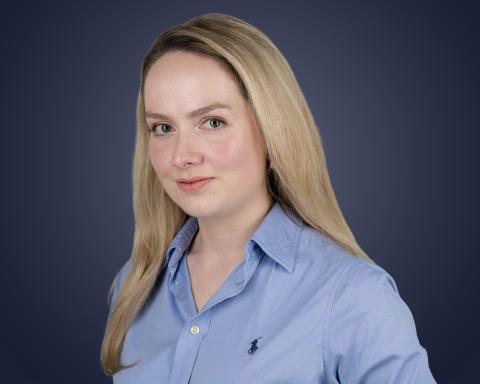In a recent note, Enders Analysis said it was “perverse” for ministers to pursue a tax that would have a chilling effect on investment while simultaneously encouraging and even subsidising network build.
Karen Egan, from Enders, said the Government’s approach to the telecoms sector “seems quite muddled”.
She added: “It is little wonder that the quality of all sorts of networks in the UK are behind where they should be given a more than 50pc tax on investment in them, on top of highly restrictive planning laws, which also add considerable expense and delays.
“The Government promised that their reform of the business rates system would better incentivise investment, yet they seem to be going down a route which will penalise the high-priority digital infrastructure sector that requires billions of investment a year to upgrade the UK’s networks.”
